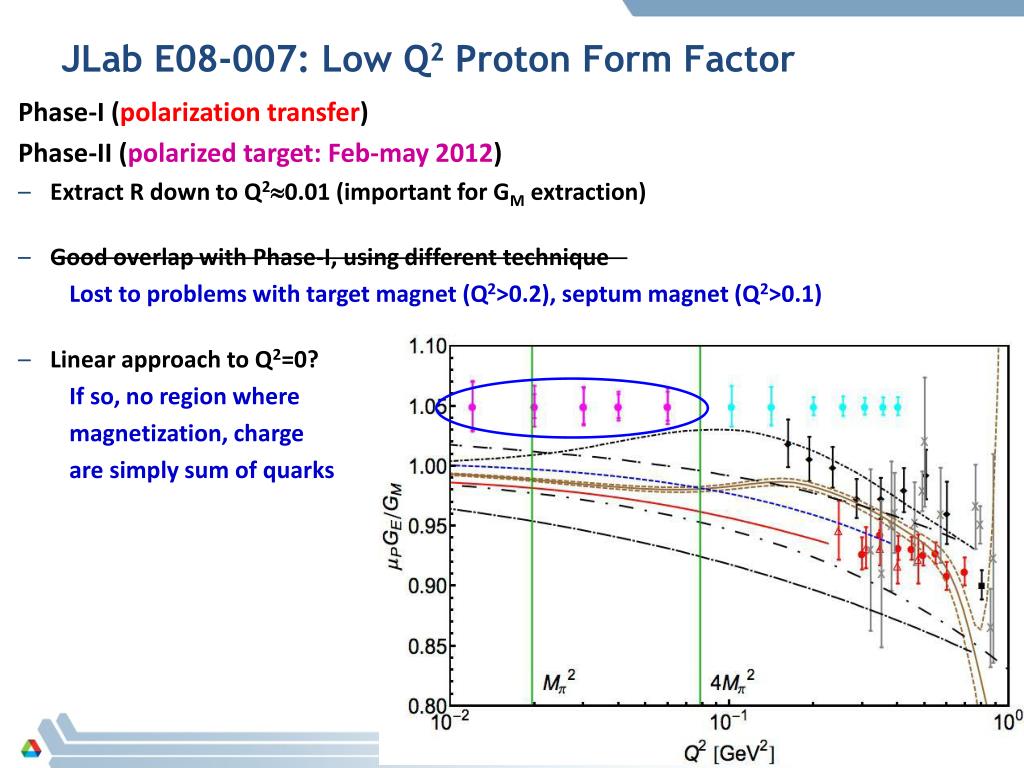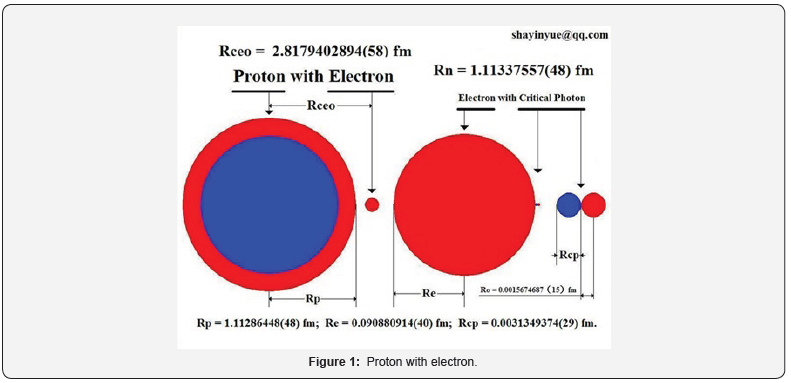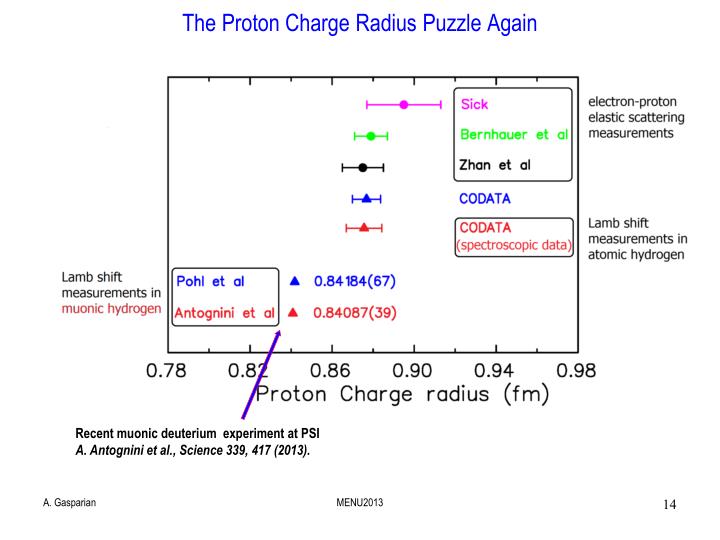

National Research Centre (NRC), Moscow (Russian Federation).Norfolk State Univ., Norfolk, VA (United States).College of William and Mary, Williamsburg, VA (United States).Hampton Univ., Hampton, VA (United States).of Massachusetts, Amherst, MA (United States) Old Dominion Univ., Norfolk, VA (United States).of Technology (MIT), Cambridge, MA (United States) National Scientific Centre, Kharkov Inst. National Academy of Sciences of Ukraine (NASU), Kharkov (Ukraine).of North Carolina, Wilmington, NC (United States) Duke Univ., Durham, NC (United States) Argonne National Lab.Thomas Jefferson National Accelerator Facility (TJNAF), Newport News, VA (United States).of Virginia, Charlottesville, VA (United States) Idaho State Univ., Pocatello, ID (United States).Mississippi State Univ., Mississippi State, MS (United States).North Carolina A & T State Univ., Greensboro, NC (United States).

In addition, our finding agrees with the revised value (announced in 2019) for the Rydberg constant-one of the most accurately evaluated fundamental constants in physics.

The smaller rp we have now measured supports the value found by two previous muonic hydrogen 1,7 experiments. Our result, rp = 0.831 ± 0.007stat ± 0.012syst femtometres, is smaller than the most recent high-precision e–p measurement5 and 2.7 standard 6 deviations smaller than the average of all e–p experimental results.
#Proton charge radius from electron scattering free
We used a magnetic-spectrometer- free method along with a windowless hydrogen gas target, which overcame several limitations of previous e–p experiments and enabled measurements at very small forward-scattering angles. Here we report on the proton charge radius experiment at Jefferson Laboratory (PRad), a high-precision e–p experiment that was established after the discrepancy was identified. In fact, there is a discrepancy between the two most recent spectroscopic measurements 3,4 conducted on ordinary hydrogen. Despite experimental and theoretical efforts, the puzzle remains unresolved. In 2010, a new method using muonic hydrogen atoms1 found a substantial discrepancy 2 comparedwithpreviousresults ,whichbecameknownasthe‘protonradiuspuzzle’. Elastic electron–proton scattering (e–p) and the spectroscopy of hydrogen atoms are the two methods traditionally used to determine the proton charge radius, rp.


 0 kommentar(er)
0 kommentar(er)
